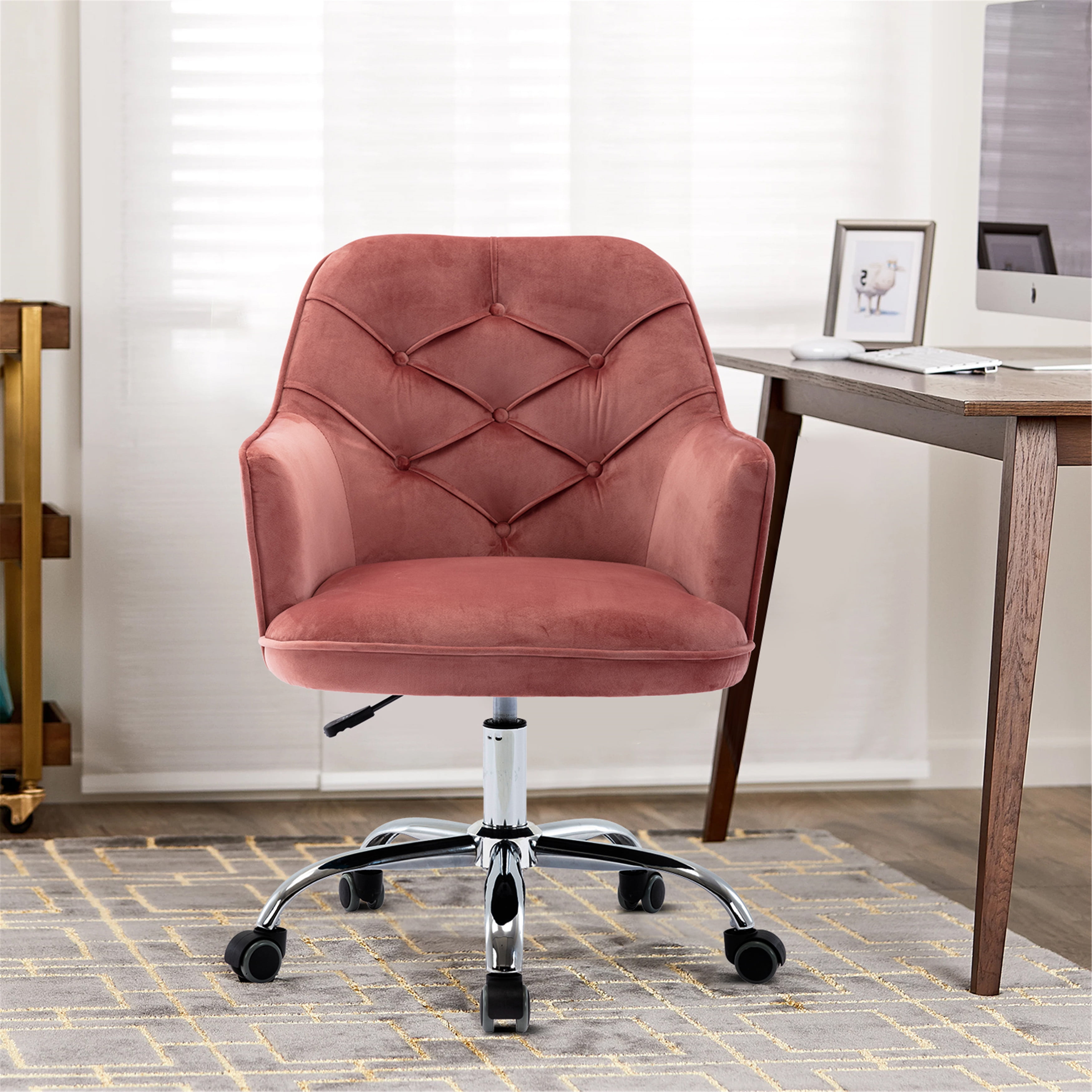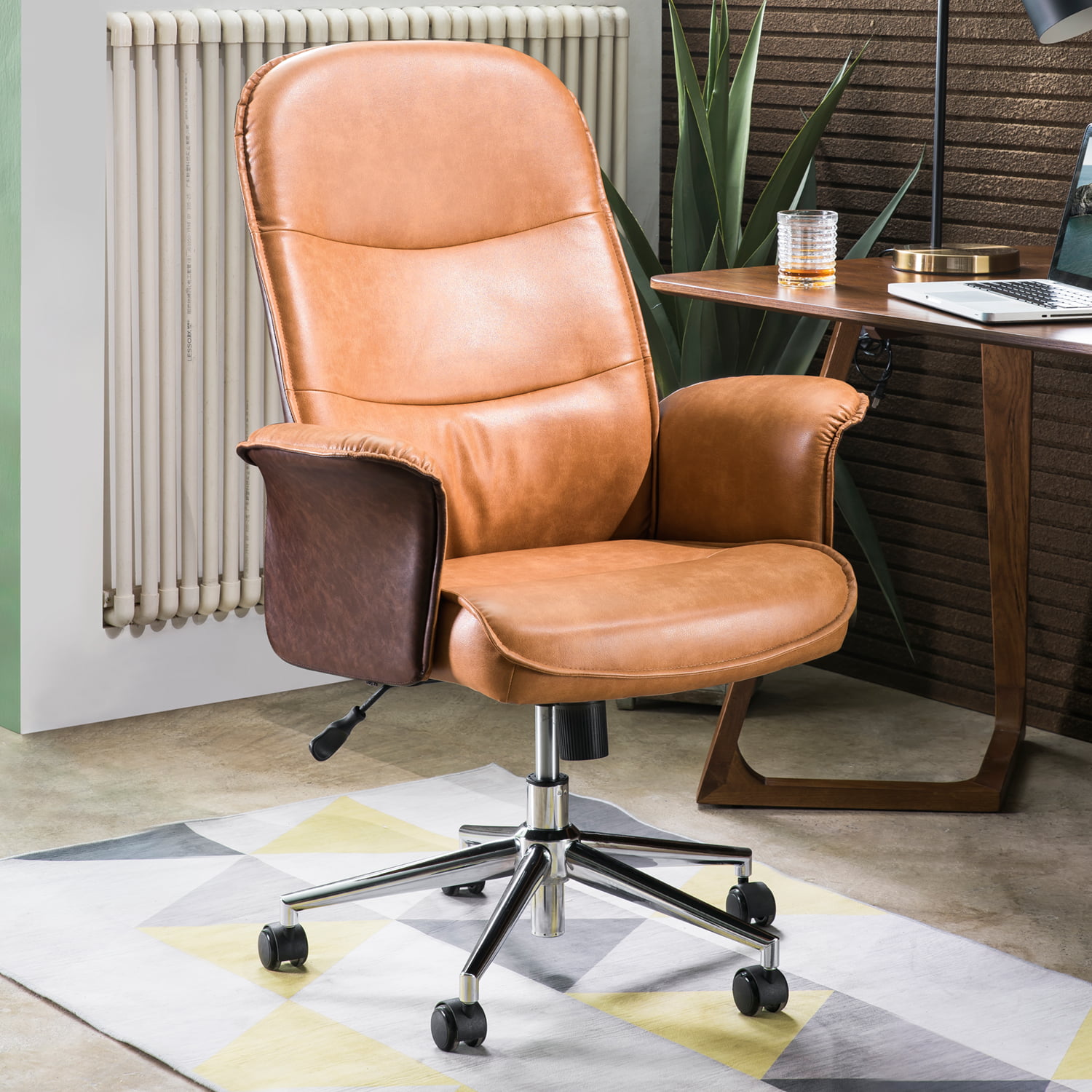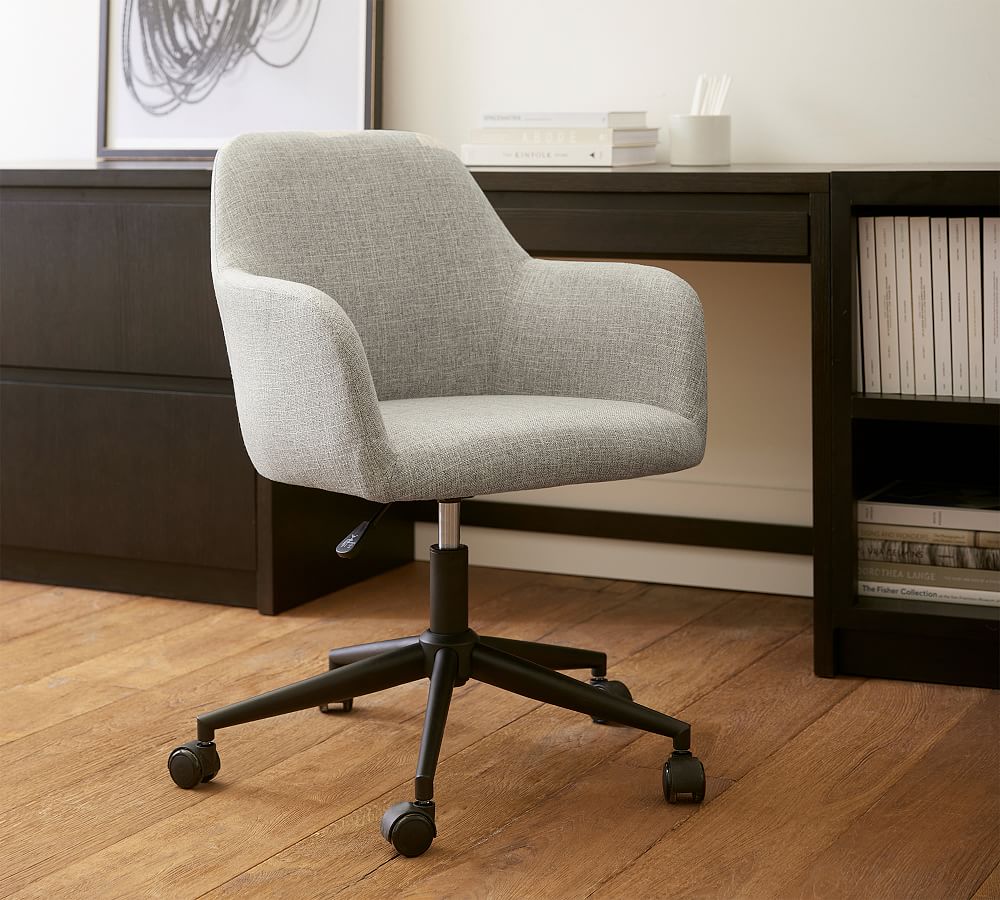The Evolution of Desk and Chair Integration

The integration of desks and chairs, once a novel concept, has become a fundamental element in modern workspaces. This evolution reflects a shift in our understanding of ergonomics, space optimization, and the changing nature of work itself.
Early Prototypes and Experimental Designs
Early attempts to combine desks and chairs can be traced back to the late 19th century. These prototypes often aimed to improve posture and comfort, reflecting the growing awareness of ergonomic principles. One notable example is the “Adjustable Desk and Chair” patented in 1895 by American inventor, George W. N. Yost. This design featured a desk with a built-in chair that could be adjusted to different heights, offering flexibility for users of varying stature.
Driving Forces Behind Integration
Several factors have contributed to the increasing popularity of integrated desk and chair designs.
- Ergonomics: The quest for improved comfort and posture has been a major driving force. Integrated designs allow for better alignment of the body, reducing strain on the back, neck, and wrists.
- Space Optimization: In today’s increasingly compact living and work spaces, integrated designs offer a solution for maximizing efficiency. By eliminating the need for separate desks and chairs, they save valuable floor space.
- Changing Work Habits: The rise of remote work and flexible work arrangements has led to a demand for more adaptable and multi-functional furniture. Integrated desks and chairs offer a solution by providing a comfortable and efficient workspace that can be easily adapted to different tasks and environments.
Types and Styles of Desk and Chair Combinations: Desk And Chair In One

The evolution of desk and chair integration has resulted in a wide variety of combinations, each tailored to different work environments and user needs. These combinations cater to diverse preferences, functionalities, and aesthetics, ensuring a perfect fit for every workspace.
Types of Desk and Chair Combinations
The types of desk and chair combinations are categorized based on their design, functionalities, and intended use. Here’s a breakdown of the most common types, along with their advantages and disadvantages:
| Type | Description | Advantages | Disadvantages |
|---|---|---|---|
| Traditional Desk and Chair | A classic combination consisting of a separate desk and chair. | Versatile, affordable, and readily available. | Limited adjustability, potentially uncomfortable for prolonged use. |
| Ergonomic Desk and Chair | Designed with emphasis on comfort and posture, often featuring adjustable height, lumbar support, and armrests. | Promotes good posture, reduces strain and fatigue, improves productivity. | More expensive than traditional sets, requires careful setup and adjustments. |
| Standing Desk and Chair | Includes a height-adjustable desk that allows users to alternate between sitting and standing positions. | Encourages movement, burns calories, improves blood circulation, reduces back pain. | Requires space for both sitting and standing positions, may require a transition period to adapt. |
| L-Shaped Desk and Chair | Features a desk with an L-shaped configuration, providing ample work surface and storage space. | Ideal for larger workspaces, offers excellent organization, can accommodate multiple monitors. | May require a larger room, can be less efficient for single-person use. |
| Corner Desk and Chair | A space-saving option that fits into a corner of the room, often with built-in storage. | Maximizes space utilization, suitable for small offices or home offices. | May have limited work surface, potentially less comfortable for prolonged use. |
Design Features and Functionalities
The design features and functionalities of desk and chair combinations play a crucial role in user comfort, productivity, and overall workspace experience. Here are some key features to consider:
Adjustable Height: Enables users to customize the desk height to suit their individual needs, promoting proper posture and reducing strain.
Swivel Capabilities: Allow users to rotate their chairs easily, facilitating access to different areas of the desk and enhancing mobility.
Storage Options: Provide ample space for organizing files, supplies, and personal belongings, keeping the workspace tidy and efficient.
Lumbar Support: Contours to the natural curve of the lower back, providing comfort and reducing back pain.
Armrests: Support the arms and shoulders, reducing fatigue and promoting good posture.
Casters: Enable easy movement of the chair, allowing users to navigate the workspace effortlessly.
Suitability for Different Work Environments, Desk and chair in one
Different types of desk and chair combinations are suitable for various work environments and user needs. For example:
Traditional desk and chair combinations are ideal for small offices or home offices where space is limited.
Ergonomic desk and chair combinations are best suited for individuals who spend long hours sitting, as they promote good posture and reduce strain.
Standing desk and chair combinations are excellent for individuals who want to incorporate movement into their workday and improve their overall health.
L-shaped desk and chair combinations are perfect for larger workspaces, providing ample work surface and storage space.
Corner desk and chair combinations are space-saving options that are ideal for small offices or home offices.
Benefits and Drawbacks of Desk and Chair Combinations

The integration of desks and chairs has revolutionized the way we work and learn. This synergy offers a plethora of advantages, from enhancing posture to boosting productivity. However, it’s crucial to understand the potential downsides to make informed decisions about desk and chair combinations.
Advantages of Desk and Chair Combinations
The primary advantage of using a desk and chair combination is its ergonomic design, which promotes good posture and reduces physical strain. This leads to improved comfort, reduced fatigue, and enhanced focus, ultimately boosting productivity.
- Improved Posture: Desk and chair combinations, when properly adjusted, encourage a neutral spine position, minimizing strain on the back, neck, and shoulders. This is crucial for maintaining a healthy posture throughout the day, preventing musculoskeletal problems.
- Reduced Fatigue: Ergonomic seating and desk height provide optimal support, minimizing strain on muscles and joints. This translates to less fatigue, allowing individuals to work or study for longer periods without discomfort.
- Enhanced Productivity: Comfort and reduced fatigue lead to improved concentration and focus, ultimately enhancing productivity. Studies have shown that workers with ergonomic workstations experience higher levels of engagement and efficiency.
- Increased Comfort: The combined design of desks and chairs provides a comfortable and supportive environment for extended periods. This is particularly beneficial for individuals who spend a significant portion of their day sitting.
Drawbacks of Desk and Chair Combinations
While desk and chair combinations offer numerous advantages, they also come with certain limitations that should be considered.
- Limited Adjustability: Some desk and chair combinations lack adjustability, making it difficult to achieve optimal ergonomics for individuals with different body types and preferences. This can lead to discomfort and strain, negating the benefits of ergonomic design.
- Reduced Mobility: Desk and chair combinations can restrict movement, making it difficult to change positions or engage in active breaks. This can contribute to stiffness and muscle imbalances.
- Space Constraints: Desk and chair combinations can take up significant space, especially in smaller rooms or workspaces. This can be a challenge for individuals with limited space or those who prefer a more open and flexible workspace.
A desk and chair in one is a great option for saving space, especially in smaller homes or offices. The Serta Ashland Mid Back Desk Chair is a perfect example of a stylish and functional all-in-one piece of furniture.
With its sleek design and comfortable seating, this chair can seamlessly transition from work mode to relaxation mode, making it a versatile addition to any space.
A desk and chair in one is a fantastic way to save space and create a cohesive, stylish workspace. If you’re looking for a truly unique and personalized piece, consider building your own. You can find comprehensive wooden desk chair plans online that guide you through the process.
From simple designs to intricate masterpieces, these plans offer a range of options to suit your skill level and style preferences. Once complete, your custom desk and chair will be a testament to your craftsmanship and a perfect addition to any room.